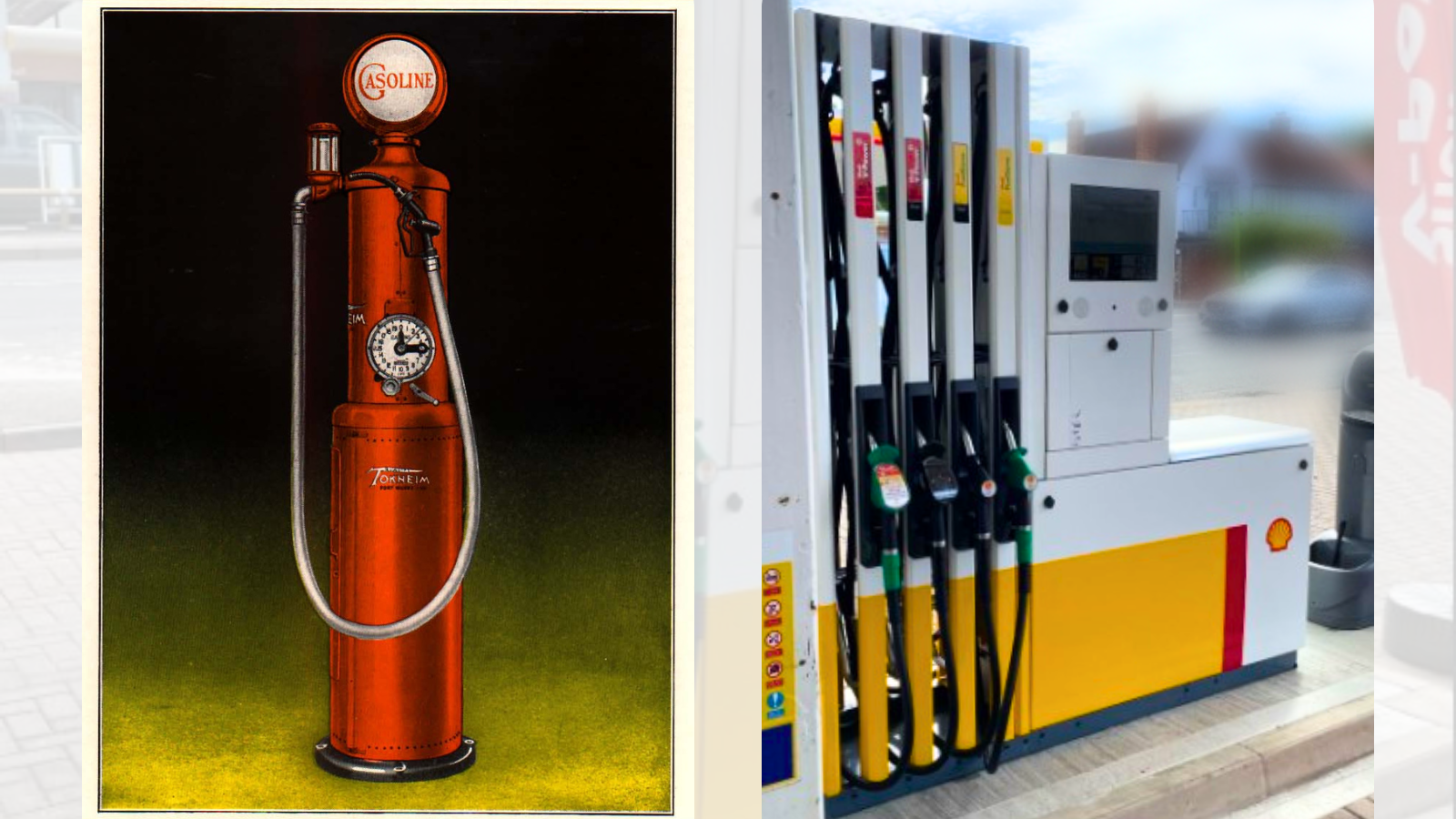Liquefied Petroleum Gas (LPG)
LPG, or liquefied petroleum gas, is a mixture of gaseous hydrocarbons produced during natural gas extraction and oil refining. It is generated automatically in the production of methane and through the refining process itself. LPG has lower greenhouse gas emissions than other fossil fuels on a full fuel cycle. Across the Middle East and Africa, LPG is used for cooking, heating, transport, and industry.
Learn what LPG is, including its properties, and main uses. Additionally, check out the innovative LPG dispenser models offered by Tokheim® and Wayne®.
Thought Leadership

December 01, 2023
Alternative Fuels: How Will these Impact the Future of the Forecourt?

July 12, 2023
Digital Transformation at Service Stations: What Does this Mean for Fuel Retailers and the Industry?
FAQS
What is liquefied petroleum gas (LPG)?
LPG is a liquid‑stored mix of propane and butane, created during natural gas processing and oil refining.
Is liquefied petroleum gas the same as propane?
Propane is a main component of LPG. LPG may contain both propane and butane, depending on regional blends.
What is liquefied petroleum gas used for?
LPG serves cooking, heating, vehicle fuel, refrigeration, industrial, and aerosol uses.
What are the properties of liquefied petroleum gas?
LPG is stored under pressure. It vaporises easily. It burns cleanly with high energy content and includes odorants for leak detection.
Are there safety considerations for LPG?
Yes. LPG is flammable and heavier than air. It must be stored properly in pressure‑rated vessels.
What types of LPG equipment do Dover Fueling Services® (DFS) offer?
We offer modular, reliable LPG dispensers such as the Tokheim Quantium® ML LPG dispenser and Tokheim Quantium® FS LPG dispenser, Wayne Century® 3 LPG dispenser, and Wayne Helix® 6000 II LPG dispenser. They serve retail and fleet needs with flexibility and connected diagnostics.



